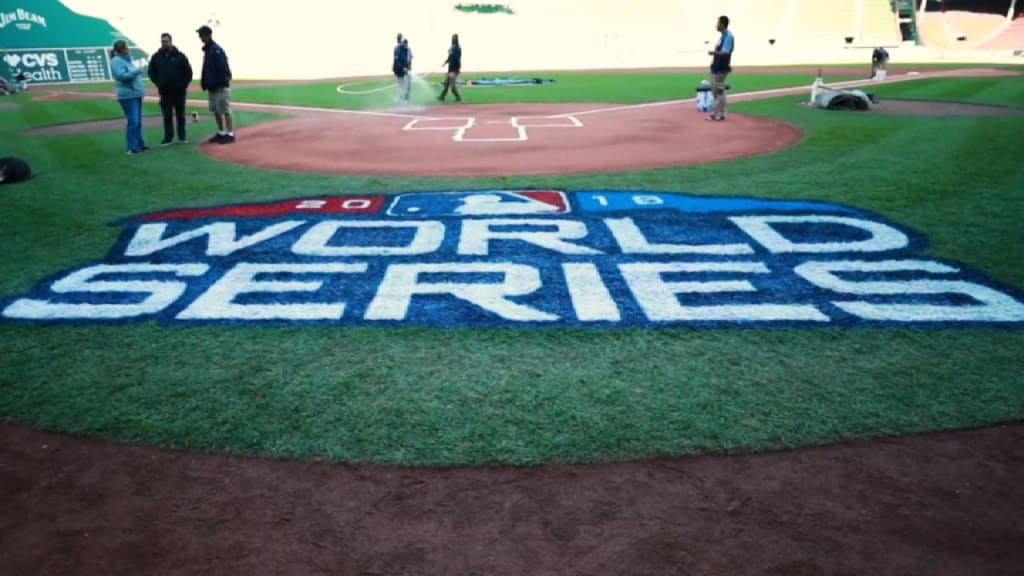
To someone not familiar with Major League Baseball, it might not make much sense.
At the end of each postseason, the World Series is played to crown the game’s champion. Yet, with the exception of 1992 and ‘93, when the Toronto Blue Jays participated and won in back-to-back years, the World Series has only ever featured teams from the United States. The Blue Jays are, after all, the only non-U.S. team currently active in MLB.
Rather than pitting teams from around the world against each other, the World Series is a best-of-seven contest between the champions of the American League and National League, which both have 15 teams and together make up MLB.
At the same time, the World Baseball Classic (WBC) now exists as a true global competition. The event, which debuted in 2006, now takes place every four years, with the U.S. winning the most recent edition in ‘17. Japan and the Dominican Republic have previously been WBC champions, and teams from all over the world participate.
Like the WBC, the World Series does feature players from many different places, reflecting the sport’s growing global reach. The 2018 Series, for example, included matchups such as Dodgers pitcher Hyun-Jin Ryu (South Korea) against Red Sox shortstop Xander Bogaerts (Aruba), and Boston pitcher Eduardo Rodriguez (Venezuela) against Los Angeles outfielder Yasiel Puig (Cuba).
But that diversity was not always present. So how did the World Series come to bear that name, when its origins were entirely American?
While there were baseball championships played as early as the 1880s, the first official World Series took place in 1903 between the Boston Americans (now the Red Sox) of the new American League (which started in 1901), and the Pittsburgh Pirates of the well-established National League (founded in 1876).
The “World’s Championship Games,” as it was called, was a best-of-nine affair that came about as part of a peace agreement between the competing leagues (This fell apart in 1904, when the NL’s New York Giants refused to play, but the event resumed on an annual basis in 1905).
“World’s Championship Games,” or “World’s Championship Series,” quickly became, simply, “World’s Series” or “World Series.” Whatever the exact terminology in a given year, the word “world” was always involved.
Despite a long-held theory that a sponsorship from the New York World newspaper had something to do with this, the simplest explanation is marketing. In the early years, the event enjoyed none of the history that it does today, when warm memories of Octobers past inspire the use of another nickname -- the “Fall Classic.” Instead, those involved in the promotion of the first AL-NL championship, such as Pittsburgh owner Barney Dreyfuss, had to drum up interest.
“By emphasizing the global significance of the game, they would be able to draw more people to the ballparks,” Josh Leventhal, author of the book “The World Series” told NPR.
Such a name also certainly appealed to Americans’ sense of patriotism and world-wide stature. And, to be fair, baseball itself was hardly the global game that it is today, making “World Series” a reasonable description, if not perhaps the most accurate one.
Today, the perspective is different. Professional leagues thrives in countries such as Japan and South Korea, winter ball is a strong presence in Latin America and the sport continues to gain traction around the globe.
Still, it’s the World Series that decides MLB’s champion each October. That might seem odd to the uninitiated, but it’s an oddity more than a century in the making.
